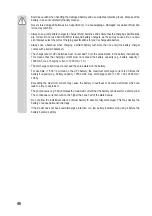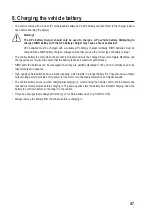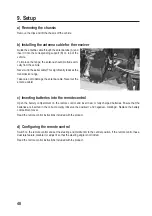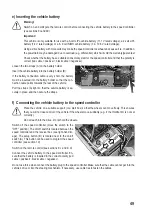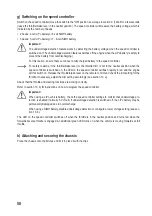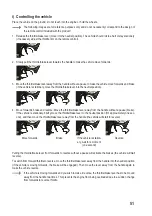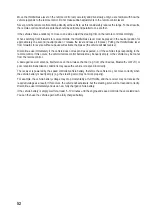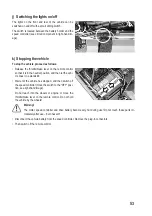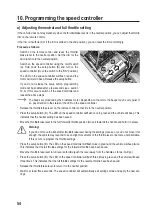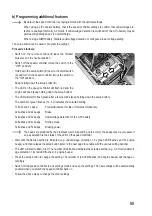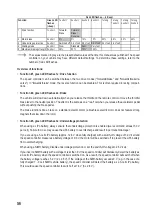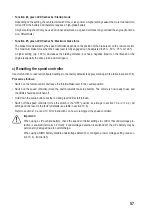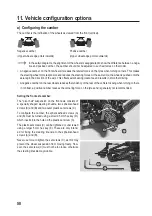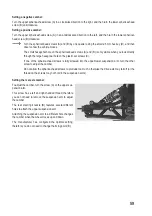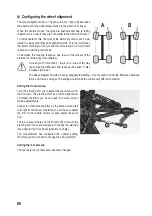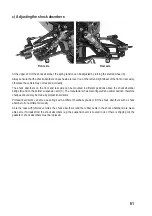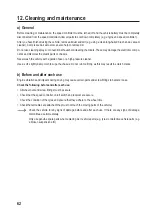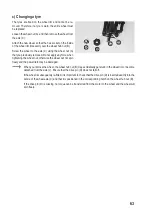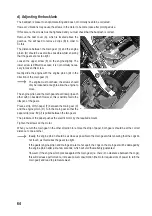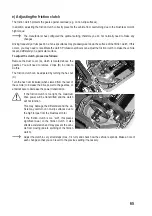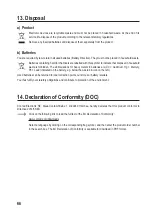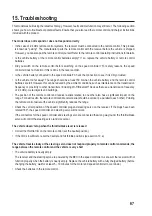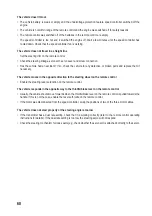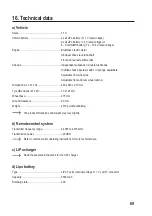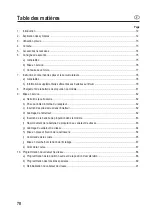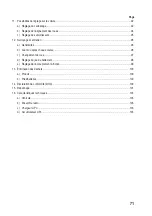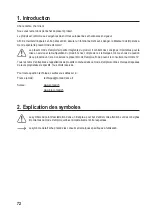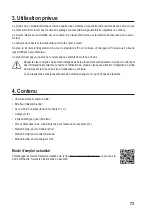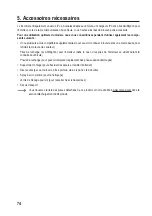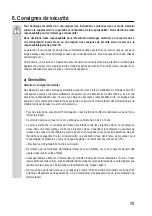
60
b)
Configuring the wheel alignment
The wheel alignment (toe-in = figure A, toe-out = figure B) describes
the alignment of the wheel plane relative to the direction of travel.
When the vehicle moves, the tyres are pushed apart due to rolling
resistance. As a result, they are not parallel to the direction of travel.
To compensate for this, the tyres of the stationary vehicle can be ad-
justed in a way so that they point slightly inwards. This toe-in improves
the lateral cornering of the tyre and therefore results in a more direct
response to steering commands.
To decrease the steering response, use toe-out (the wheels of the
stationary vehicle will point outwards).
A toe angle of more than 3° toe-in (A) or toe-out (B) may
cause steering difficulties and reduces the speed. It also
increases tyre wear.
The above diagram depicts a heavily exaggerated setting. It is only used to show the difference between
toe-in and toe-out; using such a setting would make the vehicle very difficult to control!
Setting the front axle toe:
Turn the steering arm (A) to adjust the toe-in/toe-out for
the front axle. The steering arm has a left and right-hand-
ed thread, therefore you do not need to remove it when
making adjustments.
Always turn both steering arms by the same amount (left
and right front wheels), otherwise you will have to adjust
the trim on the remote control (or even adjust the servo
bar).
There are several holes on the knuckle (B) to secure the
steering arm; these are designed to change the steering
lock angle for the front wheel (Ackermann angle).
The manufacturer has configured the optimal setting,
therefore you do not need to change the fixing point (B).
Setting the rear axle toe:
The rear axle toe is preset and cannot be changed.
¦ ¦
A
B
Summary of Contents for 1648548
Page 138: ...138 ...
Page 139: ...139 ...

